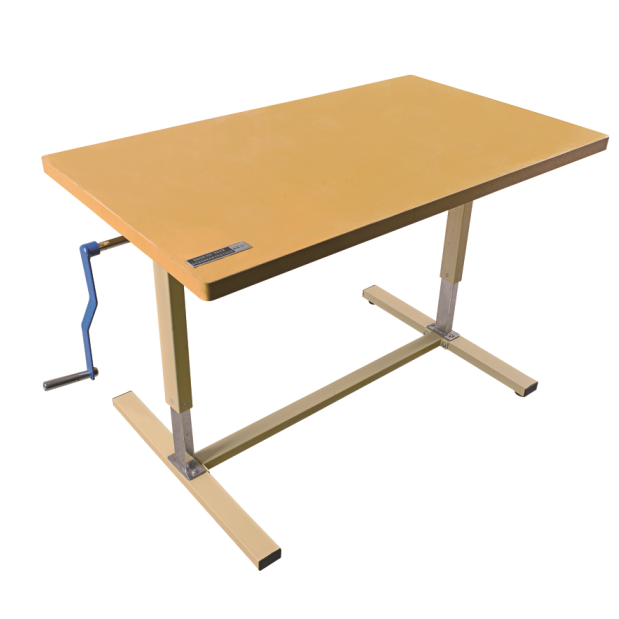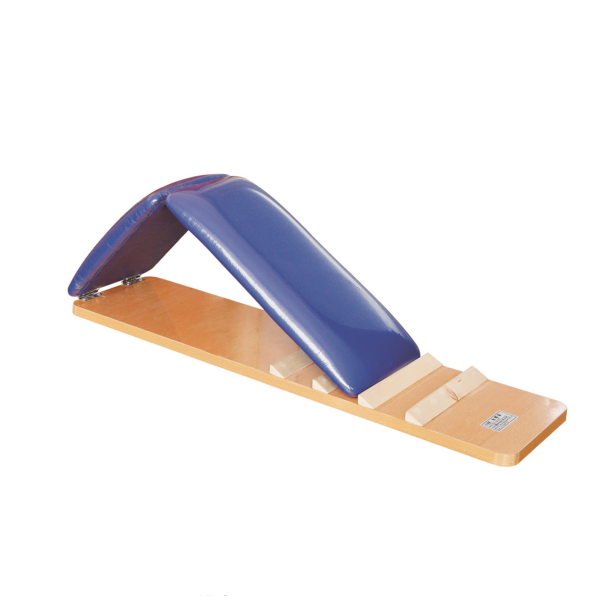Evaluation of freehand muscle strength after rehabilitation
muscle strength after rehabilitation,Evaluation of freehand muscle strength
1. Define the method by which the client completes the standard movements in a specific position according to the instructions of the examiner. The client evaluates the maximum autonomic contractility of the measured muscles or muscle groups by touching the abdominal muscles, observing the client to complete the movements and the ability of the muscles to resist the body gravity and the resistance exerted by the examiner.
2. Indications and contraindications
(1) Indications: weakness of muscle strength caused by various reasons in healthy people, including disuse, myogenic, neurogenic, and arthrogenic, և այլն.
(2) Contraindications: fracture unhealed, joint dislocation, joint instability, acute exudative synovitis, severe pain, acute sprain, bone and joint damage caused by various reasons, և այլն.
3. Equipment and appliances do not require equipment.
4. Operation methods and steps
(1) Preparation before inspection:
1) Explain the significance and steps of freehand muscle strength assessment to the client, and obtain the client’s cooperation;
2) Fully expose the inspected part, compare the symmetry of the muscle morphology on both sides, and measure the circumference of the limb on both sides if necessary;
3) Determine the passive range of motion of the joint related to the site to be examined, and take this range as the range of motion of the whole joint to measure muscle strength;
4) Correctly select and place the subject’s position. Place the examined limb in the anti-gravity position to effectively fix the proximal end of the body.
(2) During inspection:
1) Explain and demonstrate the inspection action to the Client, and guide the client to complete an inspection action through passive activities;
2) Give the command to the client to contract the muscles and complete the range of motion of the whole joint, observe the client’s movements, and palpate the inspected muscles when necessary;
3) If the client is able to complete the full range of joint movement in the anti-gravity position, further resistance movement can be carried out, with resistance applied to the distal part of the limb, and the client is asked to complete the movement with maximum resistance strength;
4) If the subject is unable to complete the anti-gravity position, he/she shall place the inspected part in the non-anti-gravity position, reduce the friction on the contact surface with skateboard and talc powder, and ask the subject to contract the muscles with maximum force and complete the movement of the whole joint.
(3) After examination: record the grade of freehand muscle strength and the date of examination, and evaluate the performance of the examinee.
muscle strength after rehabilitation

Վերին վերջույթների ֆիզիոթերապիա Վերականգնողական ուսուցում Աշխատանքային թերապիայի սեղան

ֆիզիոթերապևտիկ արտադրանք Բժշկական հիդրոկոլլատոր ֆիզիկական թերապիայի ապարատ
Ֆիզիոթերապիայի սարքավորումներ
TOPMED Physio Rehab Co., Ltd-ն Չինաստանի շուկայում վերականգնողական սարքավորումների և ֆիզիկական թերապիայի արտադրանքի առաջատարն է:
Վերին վերջույթների վերականգնում
Ստորին վերջույթների վերականգնում
Ամբողջ մարմնի վերականգնում
Երեխաների վերականգնում
Մատների վերականգնում
CPM շարք
Բուժման աղյուսակների շարք
Գոտկատեղի և պարանոցի ձգման մահճակալ
Բժշկական դիմակ

